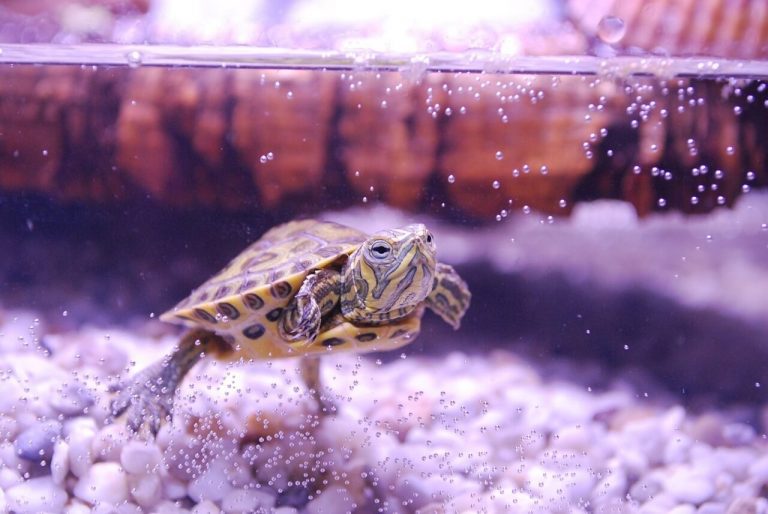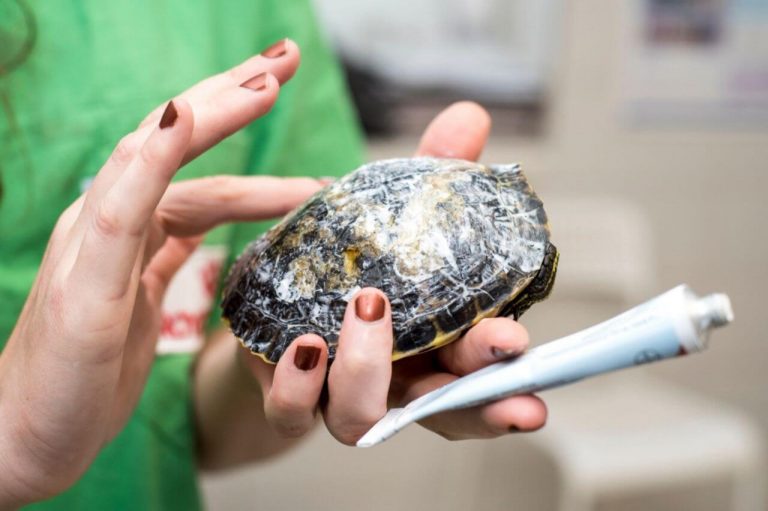heat lamp for turtles
Today we discuss heat lamp for turtles. Are you thinking to get a pet turtle? If so, you need to make sure that your pet has the right living environment. A key element of creating the perfect home for a turtle is having the right type of heat lamp set up in their habitat. Read on to learn about why it’s essential for turtles to have access to an artificial source of light and how to choose the best heat lamp for them.
kind of heat lamp does a turtle need:
The kind of heat lamp a turtle needs depends largely on the species of turtle you have. Different turtles need different levels of ambient temperature and light intensity. For example, painted turtles prefer temperatures between 75-85°F (24-29°C).
Therefore, they need lower wattages like 25-50 watts for basking lamps. On the other hand, red-eared sliders need temperatures between 85-90°F (29-32°C) and should use higher wattages like 50-100 watts for basking lamps.
You should also use a UVB lamp in addition to the heat lamp to provide your turtle with Vitamin D3 and other essential nutrients. There are several UVB lamps available on the market, so be sure to choose one that is specific to your turtle’s species.
types of heat lamps for turtle are there in market:
There are several types of heat lamps for turtles, including incandescent bulbs, ceramic heating elements, infrared lamps, and basking lights. Incandescent bulbs provide a broad spectrum of light and can be used to provide both visual illumination and warmth for your turtle.
Ceramic heating elements produce a more concentrated heat source than traditional incandescent bulbs but don’t produce any visible light.
Infrared lamps emit invisible infrared radiation that is absorbed by the turtle’s body and converted into heat energy.
Finally, basking lights are ideal for providing both direct sunlight and warmth to your pet turtle’s habitat.
All of these types of heat lamps should be used in conjunction with a thermostat or other temperature-monitoring device so you can maintain the ideal habitat temperature for your pet turtle.
heat lamp for a baby turtle:
For a baby turtle, you should use a ceramic heat lamp or an under-tank heating pad. Make sure the temperature doesn’t exceed 85-90 degrees Fahrenheit. Additionally, provide UVB lighting to give your turtle essential vitamins and minerals.
red heat lamp for turtles:
Red heat lamps can be used to keep your pet turtle warm and healthy. Red light helps the turtle to maintain its body temperature, which allows it to digest food properly and stay active. This is especially important in colder climates where temperatures can drop below the ideal range for turtles.
Red heat lamps also provide a visual cue that encourages the turtle to bask in the warmth of the lamp, helping him to regulate his own internal temperature. The light emitted from red heat lamps also stimulates natural basking behaviors which are essential for the proper health and well-being of your pet turtle. these lamps emit a soft, soothing glow that creates an ambient environment suitable for keeping your pet comfortable while they rest or relax.
heat lamp for aquatic turtles:
Aquatic turtles need a special type of heat lamp to provide the necessary warmth and light they need. Heat lamps for aquatic turtles should emit both UVA and UVB rays, so it is important to choose one that has the right bulbs.
The bulb should also be the correct wattage for your turtle’s tank size; typically, a 40-watt bulb is appropriate for most tanks up to 10 gallons in size. Finally, the lamp should have an adjustable arm or hood so you can easily move it closer or farther away from your turtle as needed.
basking heat lamp for turtle:
Basking heat lamps are often used by owners of pet turtles. These heated lights usually provide a combination of basking light and warmth to create an ideal habitat for the turtle, allowing it to thermoregulate its body temperature. these lamps allow the turtle to regulate its metabolism in order to perform vital tasks such as digestion and absorption of nutrients from its food.
Basking heat lamps also help promote better health for your pet turtle by providing increased UVA/UVB rays, which stimulate appetite and enable proper calcium absorption. Furthermore, these lamps provide the extra heat needed during the winter months when temperatures drop too low for the reptile to survive without a source of additional heat.
heat lamp bulb for turtles:
When choosing a bulb, keep in mind that it should emit appropriate levels of light and heat according to your turtle’s needs.
- select bulbs that have a high-quality construction and come from a reputable brand.
- make sure that the bulb is suitable for use in your turtle’s enclosure and not too bright, as it can cause eye irritation or discomfort.
- always change the bulbs every 6-12 months to ensure optimal performance.
- UVA/UVB bulbs are often recommended as they provide necessary UV rays that aid in digestion and help with physical growth.
- Infrared heat lamps can also be used to provide warmth without emitting UV rays, which can be beneficial for basking turtles.
- incandescent bulbs or ceramic heating elements may be used for providing additional warmth in cool areas.
how to set up a heat lamp for turtles:
- To set up a heat lamp for your turtles, first, you’ll need to purchase a UVB heat lamp and basking light, as well as any mounting accessories.
- Place the basking light directly above the turtle’s water, so that it can easily reach the water’s surface and bask in the light.
- Securely attach the heat lamp to an overhead fixture or shelf at least 12 inches away from any other objects in order to provide them with enough light without overheating them.
- Make sure that your turtles also have access to shade areas when they want to escape the heat of the lamp.
- adjust the temperature using a digital thermometer placed near their basking area and make adjustments as needed to ensure that it stays between 78°F and 88°F.
- check the temperature range regularly to ensure that it is not too hot or too cold for your pet. Doing so will help you create a safe and comfortable habitat for them.
It’s also important to keep an eye on your heat lamp to make sure that it is functioning properly. Check for any signs of wear or damage before using it every time, and replace any worn-out parts as needed.
faqs for heat lamp for turtles:
For turtles, a good wattage heat lamp is typically between 50 and 75 watts. Make sure to place the heat lamp 12-18 inches away from your turtle’s basking spot to ensure it is not too hot. Also, be sure to provide a UVB light for your turtle.
You should turn off the heat lamp for your turtle when the temperature in its habitat reaches between 75 and 80 degrees Fahrenheit. You may need to adjust this depending on your turtle species’ optimum temperature range. Monitor the habitat closely and adjust as necessary.
For a yellow-bellied turtle, you should use an incandescent bulb or ceramic heating element with a temperature range of 75°F to 85°F. You may also want to consider using a low-wattage red heat lamp if you plan on keeping the turtle in an enclosure indoors.
Turtles need a heat lamp for 8-10 hours per day.
No, not all turtles need heat lamps. In fact, some species of turtle are aquatic and do not require any type of heating equipment. Aquatic turtles such as red-eared sliders and painted turtles typically live in waters with temperatures between 72°F and 80°F (which can be achieved naturally or artificially).
Other species of semi-aquatic turtles may require a basking area with an ambient temperature around 85°F to 95°F above the water line, so these turtles may benefit from an artificial heat source such as a heat lamp.
Yes, it is best to turn off the heat lamp at night as turtles are cold-blooded and need darkness to sleep. It also allows their environment to cool down and keeps them healthier.
A ceramic heat lamp is the best choice for a red-eared slider. It provides an ideal temperature range and emits no light, making it safe for the turtle. Make sure to place the lamp in a secure spot so that it does not fall into the enclosure. Also, be sure to monitor the temperature with a thermometer to ensure your turtle’s safety.

final words:
For more information about the various types of heat lamps for turtles, please consult with a specialist at your local pet store. It is important to research different types of heat lamps and choose the one that best meets your needs as a turtle owner, as well as those of your pet turtle. The right type of lamp can provide a comfortable environment and improve the health and happiness of your pet. moreover, you should always follow the instructions provided with any lamp you purchase to ensure safe use.





